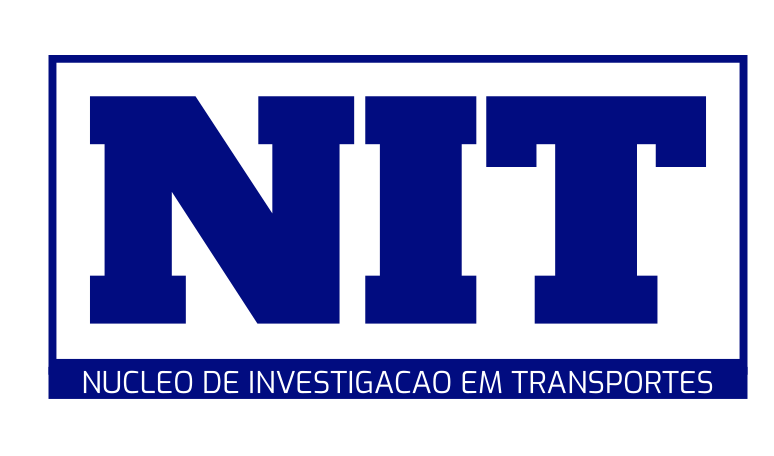[:en]
The Impact of Hinterland Over The Global Efficiency of Airport
(Conference Proceeding)
| Conference: | 19th APDR Congress |
| Year: | 2013 |
| Location: | Minho, Portugal |
Abstract
The definition of the Hinterland or Catchment Area of an airport is very broad and current literature prefers to do it in combination with certain pre-defined criteria: the assessment of the impact or effectiveness of a certain airport, or from the perspective of competition between airports. Each of these definitions is based on different analyzes of the airport infrastructure depending on whether it is of passengers or cargo.
Some authors prefer to make a definition of Hinterland before any analysis but others prefer to do it retrospectively. While the formers do not favor any indicator for the choice of Hinterland the second ones discriminate sets of indicators potentially usable.
Traditionally the Hinterland was measured by a radius of several kilometers around the airport or the travel time from one point to the airport. However this definition may be considered too simplistic because there are other indicators that can determine such area of influence.
Our proposal for measuring Hinterland is based precisely in this sense, i.e., using a wider set of indicators. From recent literature we chose the following: attraction of cargo and passengers to the airport; quality of the airport; and impact of the economic activity of the airport in the surrounding area.
At this stage our work is focused on the main Portuguese airports. The methodology adopted was the weighting of indicators in line with the geographic, demographic and economic reality of the country. The results are very promising for the objective of the determination of the Catchment Area, or Hinterland. Later we intend add a multi criteria stochastic frontier approach to rank airports based on a global efficiency.
Keywords
[:PT]
The Impact of Hinterland Over The Global Efficiency of Airport
(Comunicação em Conferência)
| Conferência: | 19th APDR Congress |
| Ano: | 2013 |
| Localização: | Minho, Portugal |
Resumo
The definition of the Hinterland or Catchment Area of an airport is very broad and current literature prefers to do it in combination with certain pre-defined criteria: the assessment of the impact or effectiveness of a certain airport, or from the perspective of competition between airports. Each of these definitions is based on different analyzes of the airport infrastructure depending on whether it is of passengers or cargo.
Some authors prefer to make a definition of Hinterland before any analysis but others prefer to do it retrospectively. While the formers do not favor any indicator for the choice of Hinterland the second ones discriminate sets of indicators potentially usable.
Traditionally the Hinterland was measured by a radius of several kilometers around the airport or the travel time from one point to the airport. However this definition may be considered too simplistic because there are other indicators that can determine such area of influence.
Our proposal for measuring Hinterland is based precisely in this sense, i.e., using a wider set of indicators. From recent literature we chose the following: attraction of cargo and passengers to the airport; quality of the airport; and impact of the the advantage of economic activity of the airport in the surrounding area.
At this stage our work is focused on the main Portuguese airports. The methodology adopted was the weighting of indicators in line with the geographic, demographic and economic reality of the country. The results are very promising for the objective of the determination of the Catchment Area, or Hinterland. Later we intend add a multi criteria stochastic frontier approach to rank airports based on a global efficiency.
Palavras-chave
[:pt]
The Impact of Hinterland Over The Global Efficiency of Airport
(Comunicação em Conferência)
| Conferência: | 19th APDR Congress |
| Ano: | 2013 |
| Localização: | Minho, Portugal |
Resumo
The definition of the Hinterland or Catchment Area of an airport is very broad and current literature prefers to do it in combination with certain pre-defined criteria: the assessment of the impact or effectiveness of a certain airport, or from the perspective of competition between airports. Each of these definitions is based on different analyzes of the airport infrastructure depending on whether it is of passengers or cargo.
Some authors prefer to make a definition of Hinterland before any analysis but others prefer to do it retrospectively. While the formers do not favor any indicator for the choice of Hinterland the second ones discriminate sets of indicators potentially usable.
Traditionally the Hinterland was measured by a radius of several kilometers around the airport or the travel time from one point to the airport. However this definition may be considered too simplistic because there are other indicators that can determine such area of influence.
Our proposal for measuring Hinterland is based precisely in this sense, i.e., using a wider set of indicators. From recent literature we chose the following: attraction of cargo and passengers to the airport; quality of the airport; and impact of the economic activity of the airport in the surrounding area.
At this stage our work is focused on the main Portuguese airports. The methodology adopted was the weighting of indicators in line with the geographic, demographic and economic reality of the country. The results are very promising for the objective of the determination of the Catchment Area, or Hinterland. Later we intend add a multi criteria stochastic frontier approach to rank airports based on a global efficiency.
Palavras-chave
[:]





